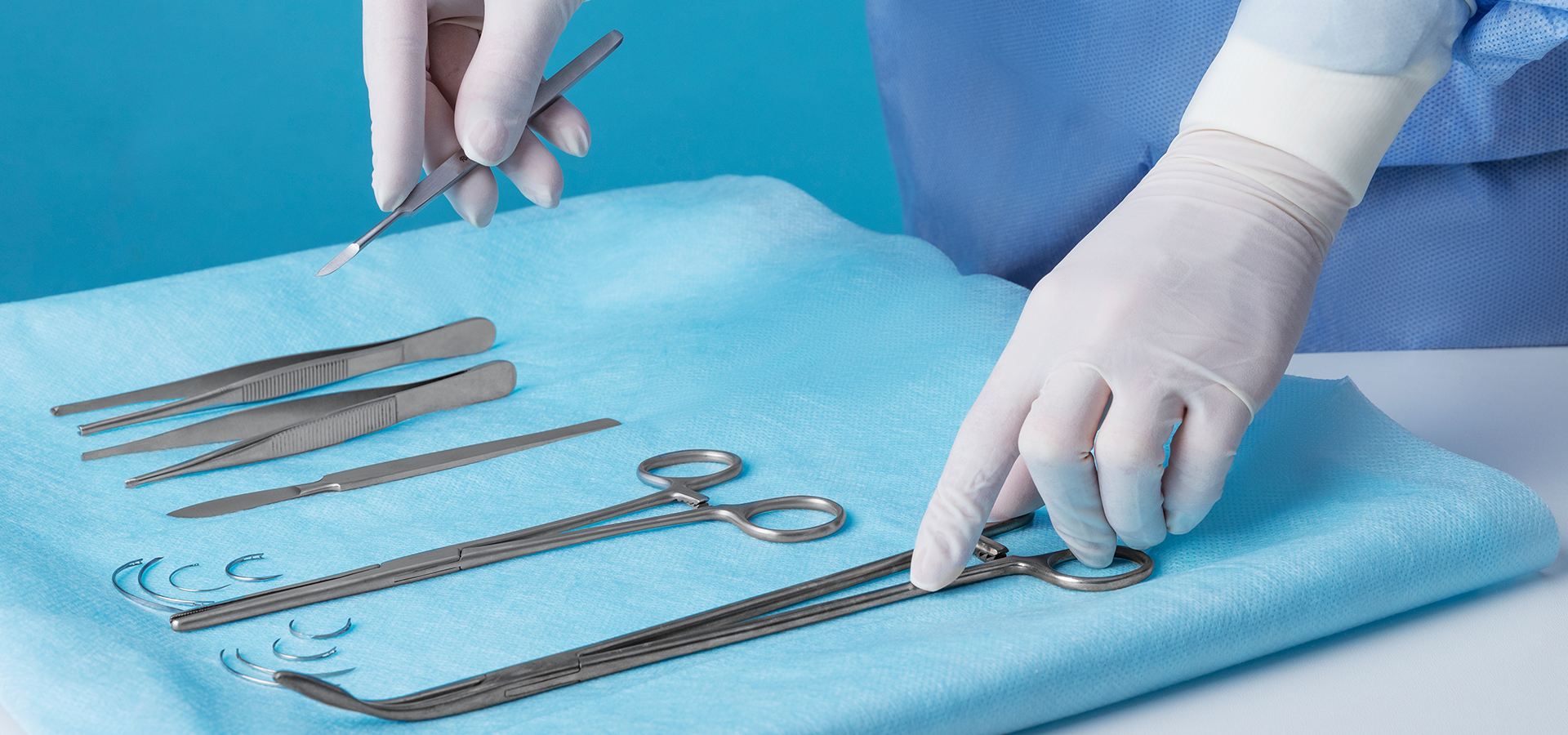Accomplishing instrument accuracy in the medical field isn't simply an objective, but a basic need. In this article, we dive into the complexities of how BA Med achieves this accuracy, investigating key elements, tradeoffs, difficulties, and the effect of choices in maintaining the instrument's accuracy.
Key Variables in Accomplishing Instrument Precision:
1.Cutting-edge Technology Integration:
At the center of BA Med progress in instrument accuracy lies the incorporation of state-of-the-art technology. From advanced calibration procedures to best-in-class measurement tools, the integration of technology guarantees that instruments convey exact and reliable outcomes.
2.Severe Quality Control Cycles:
BA Med focuses on severe quality control measures at each phase of instrument manufacturing. Powerful testing conventions and adherence to industry guidelines ensure that each instrument meets the expected accuracy benchmarks prior to arriving at the end-user.
3.Continuous Training and Skill Improvement:
Guaranteeing the accuracy of medical instruments goes beyond technology;
it affects individuals utilizing them. BA Med invests in persistent training and skill advancement for its workforce, enabling them with the information and expertise to deal with instruments with accuracy.
4.Client Feedback Integration:
BA Med respects the feedback from healthcare experts who use their instruments daily. Incorporating client experiences into the improvement cycle considers true changes, guaranteeing that the instruments evolve to meet the changing requirements of healthcare professionals.
Exploring Tradeoffs:
1.Innovation versus soundness:
Innovations in instrument technology are consistent; however, taking on each progression might weaken existing processes. BA Med carefully explores this tradeoff, specifically incorporating innovations that upgrade accuracy without compromising stability.
2.Cost versus quality:
Accomplishing top-level accuracy frequently includes greater expenses, yet BA Med decisively balances the condition. The company understands that thinking twice about quality for cost savings would break the trust set in their instruments, making quality a non-debatable priority.
Challenges in Guaranteeing Instrumental Accuracy:
1.Technologically outdated nature:
The fast pace of technological change represents a test. BA Med goes up against the gamble of instruments becoming out of date while possibly not routinely updated. Adjusting the requirement for innovation with the continuity of proven technologies is a continuous test.
2.Regulatory Compliance:
The healthcare industry is dependent on strict guidelines. Guaranteeing that instruments follow evolving standards and guidelines is a really persistent challenge for BA Med, requiring constant adaptation and adherence.
Taking into account the Effect:
Choices connected with keeping up with instrument accuracy significantly affect patient outcomes, healthcare efficiency, and the standing of medical experts and institutions.
Conclusion:
All in all, BA Med’s accomplishment of instrument accuracy is a multi-faceted approach encompassing technology, quality control, training, and client feedback. Exploring tradeoffs and tending to difficulties guarantees a delicate balance between innovation and stability, cost and quality. Each choice made by BA Med with respect to instrument accuracy fundamentally impacts the healthcare landscape, reaffirming the company's obligation to accuracy, unwavering quality, and the advancements of medical practice.
